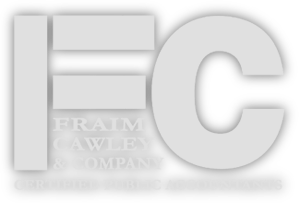Longtime readers will remember that I have a more favorable view on debt than most – the right types of debt that is. We’ve written about the dangers of excessive debt, but more often have talked about how the intelligent use of debt can be quite advantageous (examples can be found here, here, and here).
But what if you do find yourself in a situation where you are overleveraged? What can you do about it? What steps can you take?
One of the simplest but surprisingly underutilized approaches is to do a balance transfer.
How do those work?
Balance transfers are essentially transferring high-interest debt (usually from a credit card) to another account (again, usually to another credit card).
But if we’re just transferring the debt from one high-interest mechanism to another, what’s the point?
The best balance transfer cards have 0% interest promo periods. You just pay a transfer fee (usually 2-3% of whatever balance is being transferred).
To illustrate, let’s assume the following parameters:
- We have a balance of $10,000 on a credit card charging 20% interest
- The new card we are transferring the debt to has a 0% interest for 12-month promo period
- The new card charges a 3% balance transfer fee
The balance transfer fee costs us $300, but over the next year we are saving $2,000 – a net savings of $1,700 – not counting the principal repayment we are able to defer.
Now, this only works if we approach the situation strategically. If the transfer is just used to kick the can further down the road, there is no benefit. Worse yet, we now have more credit available to us (which can be a danger in and of itself if we are not financially disciplined).
But if we are strategic, the benefits can be huge. We have $1,700 of savings that can be used to attack the loan balance itself. And we’re afforded some breathing room we otherwise would not have.
As with anything, we have to be intelligent in how we approach balance transfers. But if we find ourselves in a situation where we are carrying large amounts of high-interest debt, it’s certainly a tool we should consider.
Any accounting, business, or tax advice contained in this communication, including attachments and enclosures, is not intended as a thorough, in-depth analysis of specific issues, nor a substitute for a formal opinion, nor is it sufficient to avoid tax-related penalties.




